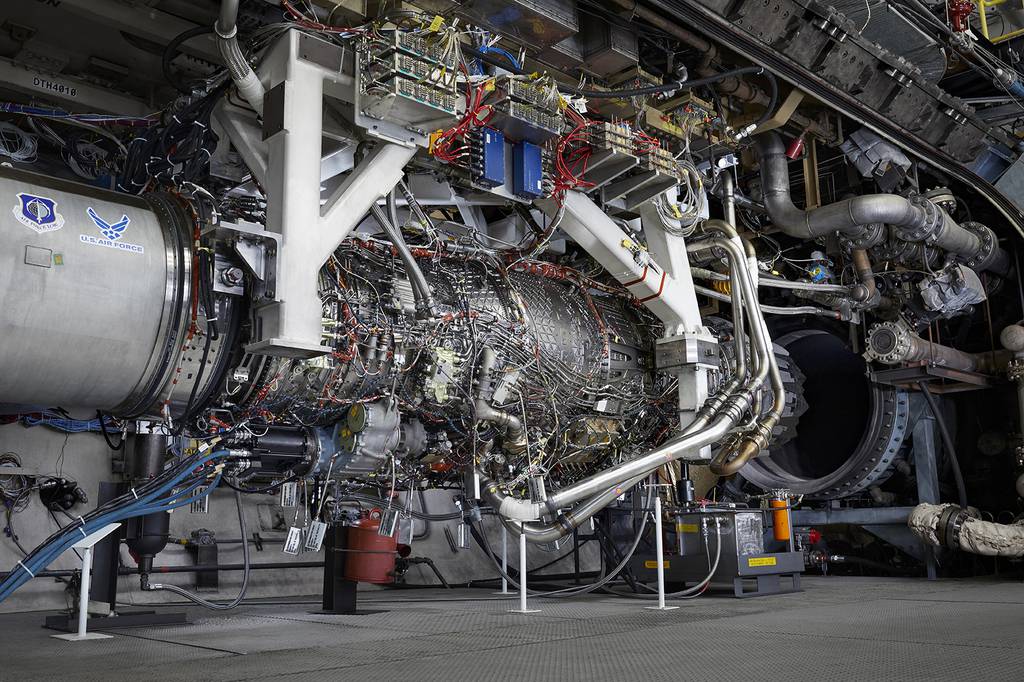Boeing, Lockheed Martin, Northrop Grumman, General Electric and Pratt & Whitney received almost $5 billion to develop an engine for the sixth generation fighter

The U.S. Air Force has earmarked nearly $5 billion for the development of adaptive engine prototypes for sixth-generation fighters.
What we know
General Electric and Pratt & Whitney previously dominated the adaptive cycle engine market. Both, by the way, are owned by Raytheon, with nearly $1 billion each. They are working on engines for the fifth-generation F-35 Lighting II fighter jet. The photo above shows General Electric's XA100 engine.
However, the Air Force decided to expand the market and signed contracts with three more manufacturers, which were also allocated about $1 billion. We are talking about Boeing, Lockheed Martin, Northrop Grumman. Design, analysis, bench tests, prototype testing and integration of weapon systems are scheduled to be completed by July 2032.
An adaptive engine, or adaptive cycle engine, is a turbine capable of changing airflow depending on an aircraft's need for additional power. The United States began funding the development of such solutions 15 years ago.
Source: Defense News
For those who want to know more:
- Ukrainian Armed Forces successfully integrate AGM-88 HARM missiles into MiG-29 fighters
- A Ukrainian PD-2 drone helped destroy a group of Russian troops and an ammunition depot
- The U.S. will launch the AGM-183A ARRW hypersonic missile for the third time this year, despite multimillion-dollar funding cuts